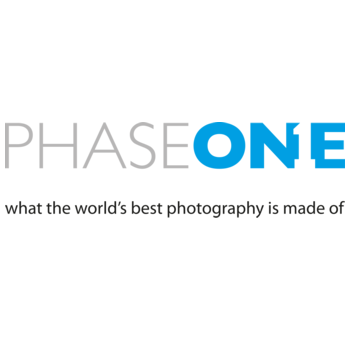Equipment
Steve and Suzanne are firm believers that it is the photographer and his/her artistic vision that make an outstanding image. The camera, lens, etc are only tools that the photographer uses to achieve that creative vision. Photographers created many spectacular images using equipment with far fewer features than are present on today’s cameras and lenses. Some of my favorite images today were captured on manual focus film cameras. No matter what the age of the camera or lens, how much detail the digital sensor will record, how big the dynamic range of the sensor, how fast the autofocus sensor can lock on to a subject, or how sensitive the sensor is to light, capturing a great image is dependent on the photographer behind the camera and his/her photographic vision. A mediocre photographer using the best equipment will still take mediocre pictures. I will admit that I love the new technology and discussing sensor resolution, light sensitivity, autofocus techniques, and lens performance. But all this is secondary when I am behind the camera. At that point the equipment just becomes a means or a tool to recording my vision as a digital image. Please keep this in mind as you read the paragraphs below.
Steve and Suzanne began shooting with Nikon equipment over 30 years ago in the days of film. They switched to digital in the early 2000’s continuing to use Nikon equipment. Over the years, they have used an arsenal of Nikon lenses ranging from an 8 mm fisheye to 800 mm super telephoto. Today’s digital cameras are incredibly advanced, offering excellent image resolution, outstanding high ISO performance, wide dynamic range, and an image capture rate that allows capturing fast subject action.
To capture the action of wildlife, they prefer using cameras with excellent high ISO performance, good dynamic range, and a fast image capture rate. Mounted on these cameras will be a telephoto lens with focal length from moderate telephoto 200 mm to the extreme 800 mm depending on subject distance. They will frequently use zoom lenses in the 200 to 400 mm or 200 to 500 mm range. Zoom lenses afford the photographer the advantage of rapidly adjusting focal length as the subject moves. Today’s best zoom lenses are so good optically that there is no detectable loss in optical quality over a fixed focal length lens. While preferring cameras with full frame sensors, they also use crop sensor cameras when photographing wildlife for the image size advantage on the crop sensor.
For landscapes they will choose a full frame sensor camera with higher resolution and expanded dynamic range capability. These cameras will typically offer lower frame capture rate due to higher resolution and the high ISO performance will not be quite as good.
During the last four years, Steve has added medium format digital cameras from Phase One for landscape work. These cameras offer mind-blowing resolution and dynamic range in an image. The detail in an image shot with a medium format digital camera is incredible. Mounted on these cameras are lenses made by Schneider Kreuznach with focal lengths ranging from 28 mm (the 35 mm focal length equivalent is 17 mm) to 240 mm (the 35mm focal length equivalent is 150 mm). Although this system is big, heavy and slow, it is perfect for landscape work due to the incredible image detail it produces.
Other equipment used are Really Right Stuff camera and lens quick release plates and ball heads and Jobu carbon fiber tripods and gimbal heads. All our cameras and lenses have the Really Right Stuff quick release plates attached. Carbon fiber is a very strong and lightweight material providing excellent vibration dampening properties. The gimbal style heads are extremely useful when photographing wildlife with the larger and heavier telephoto lenses since they allow for quick movements on a stable and balanced platform. For landscape work with the Phase One medium format system we use an Arca Swiss Cube since it provides the ability to make very small and precise adjustments in all three axis. We transport our equipment using Think Tank and Mind Shift backpacks and roller cases. These seem to provide maximum protection without adding additional weight.
We both enjoy the new technology and what it can do. But we enjoy more being out in the field, observing and photographing wildlife behavior and the beauty presented by the natural world. This is what excites us.


